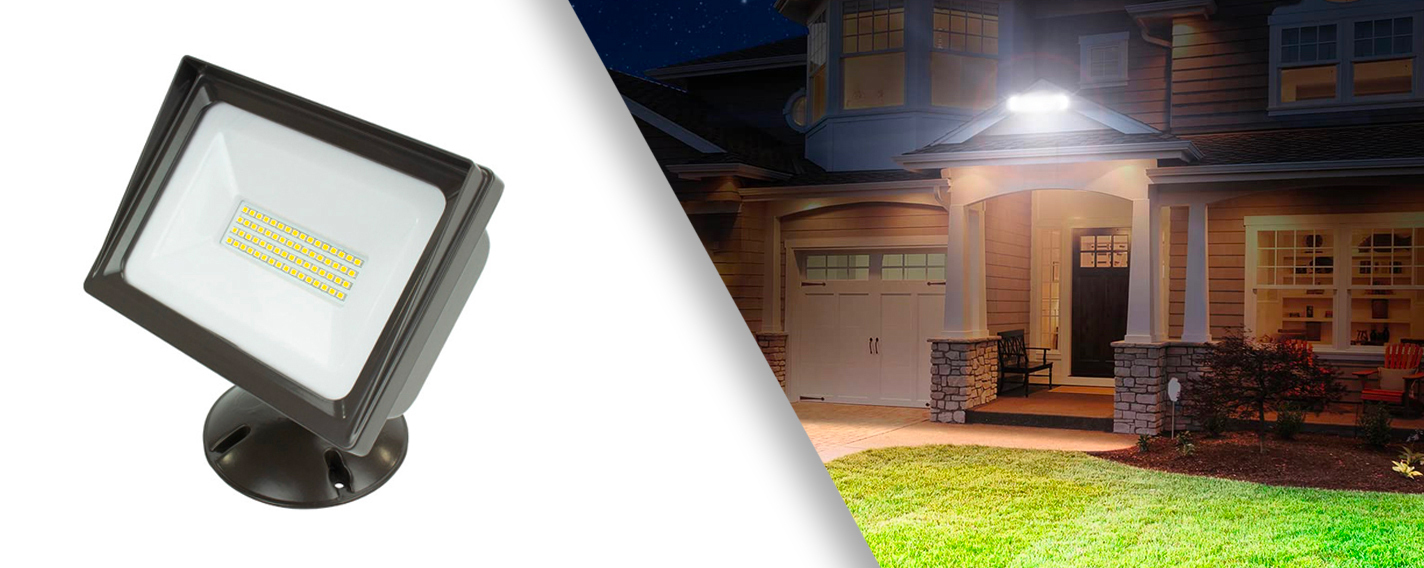Enjoy FREE SHIPPING on orders over $100 | Call us with any questions (800) 865-7221 Request a Call

Flood lights, often taken for granted in our daily lives, play a crucial role in illuminating our surroundings, be it for security, outdoor events, or sports activities. These powerful sources of artificial light are designed to cast a broad beam of light over a large area, offering visibility in darkness or low-light conditions. In this comprehensive exploration, we delve into the intricacies of Flood lights, from their history and working principles to their modern applications and technological advancements.
The concept of floodlighting dates back to ancient civilizations, where primitive forms of lighting such as torches and bonfires were used to illuminate public spaces during nighttime events or gatherings. However, the modern development of Flood lights can be traced back to the late 19th and early 20th centuries with the advent of electric lighting.
The invention of the carbon arc lamp by Humphry Davy in the early 1800s marked a significant milestone in artificial lighting. This was followed by Thomas Edison's incandescent light bulb, which revolutionized indoor lighting but was not suitable for outdoor illumination due to its limited range and intensity.
It wasn't until the early 20th century that advancements in electrical engineering led to the development of more powerful and efficient light sources, such as the mercury vapor lamp and later the metal halide lamp. These technologies paved the way for the creation of Flood lights capable of providing high-intensity illumination over large areas.
Flood lights operate on the principle of converting electrical energy into light through the use of various light sources and optical components. The most commonly used light sources in Flood lights include incandescent bulbs, fluorescent tubes, metal halide lamps, high-pressure sodium lamps, and light-emitting diodes (LEDs).
The key components of a floodlight system include the light source, reflector, lens, and housing. The light source generates the illumination, which is then directed and controlled by the reflector to achieve the desired beam spread. The lens helps to focus or diffuse the light, while the housing protects the internal components from environmental factors such as moisture, dust, and impact.
In recent years, significant advancements have been made in floodlight technology, driven primarily by the widespread adoption of LED lighting. LED Flood lights offer several advantages over traditional light sources, including higher energy efficiency, longer lifespan, instant illumination, and superior color rendering.
Furthermore, the integration of smart lighting controls and IoT (Internet of Things) connectivity has transformed floodlighting systems into intelligent, adaptive solutions. Smart Flood lights can be remotely controlled and programmed to adjust their brightness, color temperature, and beam direction based on environmental conditions, occupancy patterns, and user preferences.
Flood lights have come a long way since their humble beginnings, evolving into sophisticated lighting solutions that play a vital role in our modern world. Whether illuminating sports stadiums, enhancing security, or setting the mood for outdoor events, Flood lights continue to push the boundaries of innovation and efficiency. As technology continues to advance, we can expect further enhancements in floodlight design, efficiency, and functionality, paving the way for a brighter and more illuminated future.